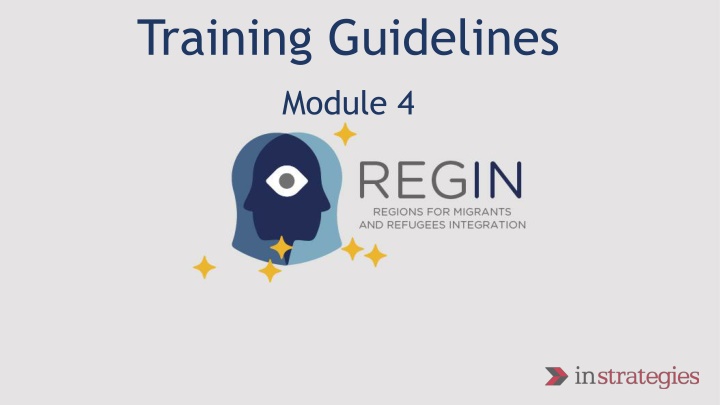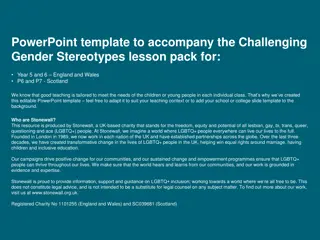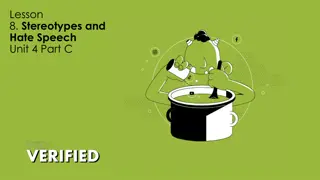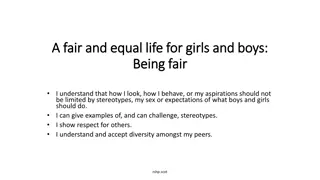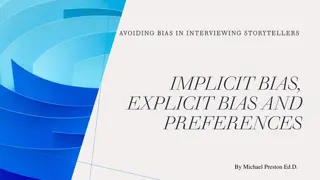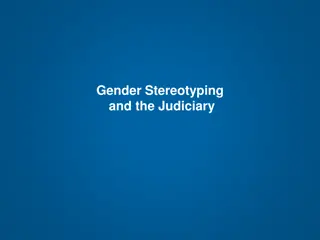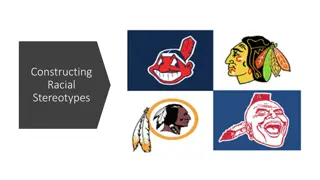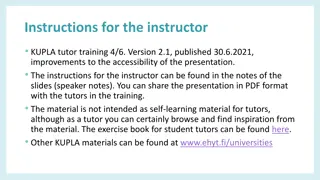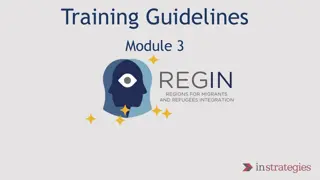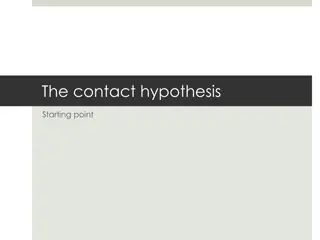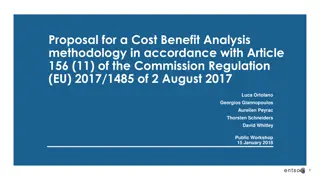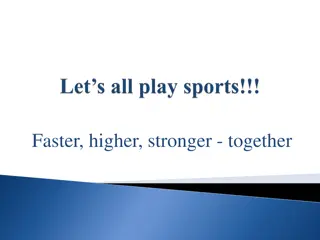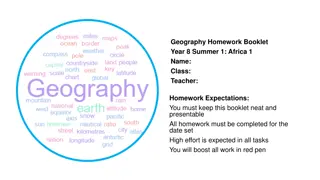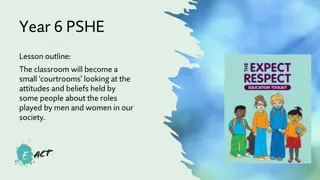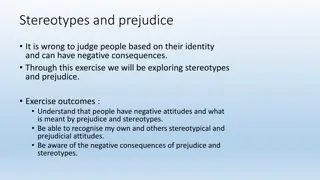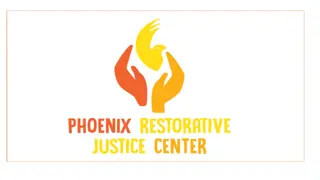Session Structure and Methodology for Fighting Stereotypes and Prejudices
The session is structured to include practical exercises and theoretical frameworks to combat stereotypes and prejudices through awareness and empathy. It emphasizes breaking stereotypes, good practices, and understanding hate speech.
Download Presentation

Please find below an Image/Link to download the presentation.
The content on the website is provided AS IS for your information and personal use only. It may not be sold, licensed, or shared on other websites without obtaining consent from the author.If you encounter any issues during the download, it is possible that the publisher has removed the file from their server.
You are allowed to download the files provided on this website for personal or commercial use, subject to the condition that they are used lawfully. All files are the property of their respective owners.
The content on the website is provided AS IS for your information and personal use only. It may not be sold, licensed, or shared on other websites without obtaining consent from the author.
E N D
Presentation Transcript
Training Guidelines Module 4
STRUCTURE OF THE SESSION Each session will be divided in 4 main parts: 1. Opening part to build-up the group (5 ). 2. Practical Exercise 1 (5 ). 3. Explanation of Theorical Framework (10 ). 4. Practical Exercise 2 (15 ). 5. Roadmap to fight against stereotypes and prejudices (20 ).
METHODOLOGY The methodology will be eminently practical. All modules will include a practical exercise and a roadmap. In the complementary material you can find the theoretical notions for the knowledge of the concepts. The trainer(s) / facilitator(s) will give a short introduction (5 ) on the key questions and an explanation of the theorical framework. Then, they must do an individual exercise and share it in the group. This will lead to a road map to fight against stereotypes and prejudices and search for innovative solutions: SWOT ANALYSIS: How to develop a strategy for success to inclusion, to fight against racism, xenophobia, discrimination, stereotypes, prejudices o Strengths: What we are doing well? What others see as our strengths? o Weaknesses: What could we improve? What are others likely to see as weaknesses? o Opportunities: What opportunities are open to us? What trends could we take advantage of? How can we turn our strengths into opportunities? o Threats: What threats could harm you? What threats do your weaknesses expose to you? The trainer / facilitator, together with a person designated by the group, should take note of the main reflections to be able to present them at the round table at the end of the modules.
CONTENTS 1. Stereotypes and prejudices What are they and how are they formed? Self-fulfilling prophecies. Dismantling stereotypes and prejudices. Hate speech. 2. Breaking stereotypes and prejudices How can we break stereotypes? Creation of awareness and generation of empathy Theoretical-practical introduction of the in-depth interview, diagnosis and derivation. Developing communication skills, especially non-verbal communication skills and communicating about sensitive topics; conflict resolution and prevention. 3. Good Practices in Europe
1. Stereotypes and prejudices Stereotypes: are beliefs about people based on their membership in Stereotypes can be: positive, negative or neutral. Stereotipes based on occupation are common in many societies. a particular group. gender, ethnicity or Prejudice: towards an individual based solely on the person s membership from a group. Includes an irrational hostility toward a particular race or group. A negative (or positive) attitude
1. Stereotypes and prejudices (2) Hate speech covers many forms of expressions which spread, incite, promote or justify hatred, violence and discrimination against a person or group of persons for a variety of reasons.
1. Stereotypes and prejudices (&4) ECRI publications ECRI General Policy Recommendation No. 15 on combatting Hate Speech ECRI revised General Policy Recommendation No. 7: National legislation to combat racism and racial discrimination ECRI General Policy Recommendation No. 6: Combating the dissemination of racist, xenophobic and antisemitic material via the Internet Examples of ECRI s Hate Speech and violence related recommendations can be found in ECRI s fifth cycle Other Council of Europe publications Cybercrime Convention and Additional Protocol Charter of European political parties for a non-racist society (1998) "Cyberhate: an issue of continued concern for the Council of Europe's Anti-Racism Commission" (2016) - Chara Bakalis "Models of governance of online hate speech" (2020) - Alexander Brown
2. Breaking stereotypes and prejudices Communication and information
2. Breaking stereotypes and prejudices (2) Raising awareness tools
2. Breaking stereotypes and prejudices (&3) What is an In-Depth Interview? Generating empathy In-depth interviewing is a qualitative research technique that involves conducting intensive individual interviews with a small number of respondents to explore their perspectives on a particular idea, program, or situation. http://www2.pathfinder.org/site/DocSe rver/m_e_tool_series_indepth_interview s.pdf For example, we might ask participants, staff, and others associated with a program about their experiences and expectations related to the program, the thoughts they have concerning program operations, processes, and outcomes, and about any changes they perceive in themselves as a result of their involvement in the program.
3. Good Practices in the EU https://regin-guidelines-training.eu/module-4/ https://ec.europa.eu/migrant-integration/home
PRACTICAL EXERCISE 1st exercise: At the beginning of the session, the trainer will ask the students a round of questions so that each one says a "topic" (negative or positive) of the immigrants. He will take note of each phrase on a poster (paper or computer). 2nd exercise: After the theoretical explanation, the list of topics will be taken as a starting point and the group of students will have to say if it is a stereotype or a prejudice. They will give solutions to disassemble each one.
Thank you! https://regin-guidelines-training.eu/ In collaboration with CIDALIA
